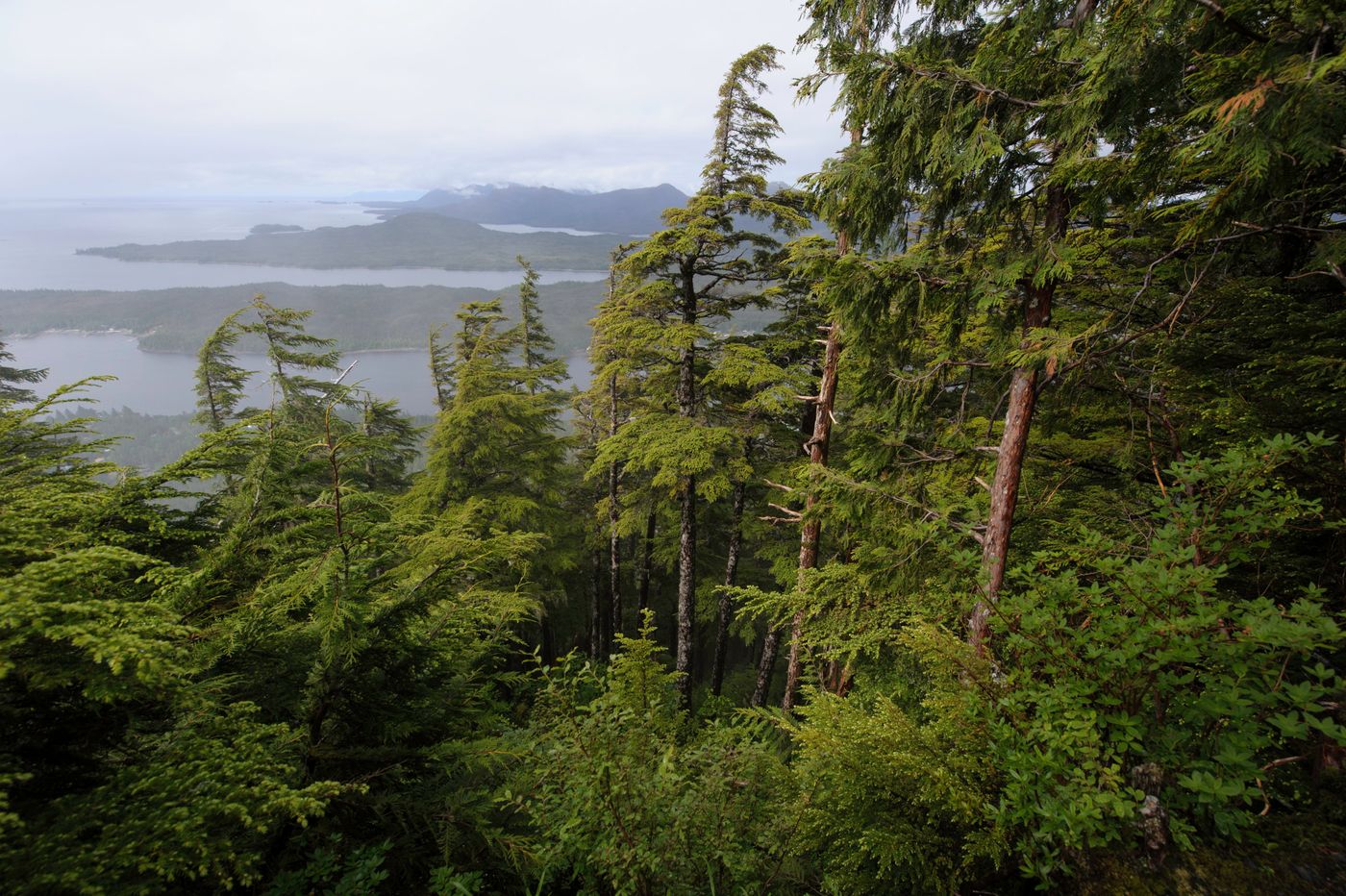Will Congress fell Tongass's 800 year-old trees?
Tongass National Forest is the last remaining National Forest that still allows clear-cut old-growth logging. And that has to change. This huge forest covers over 17 million acres in Alaska and its great age and diversity provide habitat for bears, eagles, whales, wolves, and 5 species of Pacific wild salmon – all of which bring a whole lot of money into the state in the form of tourism and the fisheries industry. But all of that is in jeopardy now.
Old-growth forests are special in that they are huge carbon sinks, storing massive reserves of CO2 in their soils and roots – and keeping that CO2 out of the atmosphere. In fact, Tongass National Forest absorbs roughly 8% of the US’s CO2 pollution from the atmosphere annually. Keeping all that CO2 in the earth is critical to not making climate change any worse. Deforestation generates nearly one-fourth of global greenhouse gas emissions and deforestation of older trees is the worst kind.
To give ourselves some background information, let’s take a closer look at Tongass’s history with the US Forest Service. Six years ago, during the Obama administration, Secretary of Agriculture Tom Vilsack announced a phasing out of logging in the park’s old-growth areas. Though there was an intent to move this transition along quickly, to this day there has been no progress and clearcutting of Tongass’s old-growth is still happening. And now, with politicians who have timber-backed interests, the forest is even more vulnerable.
The most recent update in the politics of the forest was released by the US Forest Service in December of 2016 (see the official statement here). The statement proposed a 16-year transition, during which logging of old-growth would be incrementally phased out. Following KTOO Public Media, “The U.S. Forest Service will offer an average of 46 million board feet of timber on the Tongass National Forest per year. For the first decade, that will include almost three times more old-growth logging than second-growth. In years 11 to 15, the ratio will flip, allowing more young growth harvest and limiting old growth. By year 16, timber stands offered for logging will be about 90 percent young growth, with 5 million board feet of old growth for specialty products.” One analysis of this proposal reported that such logging would release CO2 emissions equal to about 4 million extra vehicles every year. Not good.
Which brings us to now. In a mere two weeks, Congress will decide whether this proposal will be enacted and whether 800-year-old trees will be felled. Backing the transition is timber-loyal Senator Lisa Murkowski. The Sierra Club, among other conservation groups, are fighting to protect the land.
The Tongass National Forest is the largest national forest in the U.S.; in addition to all the wildlife that thrive there and all the CO2 that stays out of the atmosphere because of it, approximately 70,000 live in the region, too. Indigenous Alaskans, including the Tlingit, Haida, and Tsimshian, as well as many who have called Alaska their homes for decades. While there is little doubt that all these people want to protect their homeland and care about preserving Alaska’s beauty, a lot of these people also depend on the timber industry for their livelihood – and so logging in the area is a heated topic of conversation.
Sources: News Room America, High Country News, San Diego Free Press, KTOO Public Media









